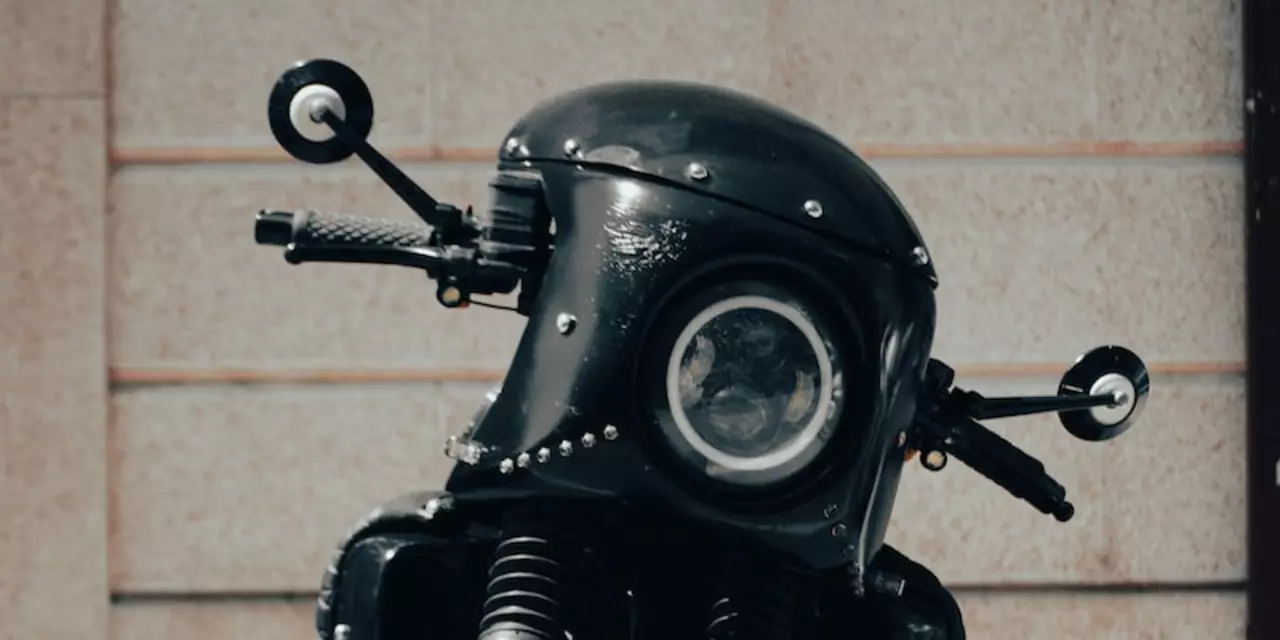Radio Communication Regulations in MotoGP – Why Teams Can’t Talk to Riders
Ever wondered why you never hear a MotoGP rider getting a live call while racing? The sport’s rulebook simply says “no radio contact.” It sounds harsh, but there are solid reasons behind it.
The Fair Play Reason
First off, the rule protects fairness. In a sport where a fraction of a second decides a win, giving one team a direct line to the rider could tilt the balance. Imagine a team shouting the perfect line through a corner or warning about a sudden rain patch. That extra information would be a game‑changer, and smaller teams wouldn’t have the same tech budget.
By banning radios, every rider starts the lap on equal footing. The talent on the bike and the preparation before the race become the true differentiators. It also forces manufacturers to develop bikes that are intuitive to ride, not just easy to tweak via a headset.
How the Rule Impacts Riders and Fans
Riders get a boost of independence. Without a pit‑crew whispering instructions, they must read the track, feel the bike, and make split‑second choices on their own. This builds confidence and encourages creative problem‑solving. If a rider notices a tire losing grip, they decide whether to back off or push, not a manager in the garage.
For viewers, the drama increases. You watch a rider battle through a tight chicane, unsure if they’ll make it, because there’s no safety net of real‑time advice. It’s pure skill on display, and that raw, unfiltered competition is what draws many fans to MotoGP.
The rule also simplifies safety oversight. If a rider is in danger, the track marshals can show flags or wave a yellow, which the rider must see and react to. Relying on a radio could cause delayed reactions if the signal drops or if the rider is distracted.
Violating the ban isn’t taken lightly. The FIA and FIM can issue penalties ranging from fines to grid‑drop penalties for teams caught using illegal communication devices. In the past, a few teams tried covert ear‑pieces, but stewards quickly caught them, reinforcing that the rule is enforced seriously.
Compared to Formula 1, where teams talk to drivers all the time, MotoGP’s approach feels more “old school.” F1’s radios help with strategy, fuel management, and safety, but motorcycles have far less room for on‑board equipment and a rider’s focus is split between steering and balance. Adding a headset would clutter the cockpit and could become a distraction.
So, the ban isn’t about being old‑fashioned; it’s about keeping the sport’s core – rider skill and fair competition – front and centre. It pushes manufacturers to create machines that communicate through feel, and it keeps fans on the edge of their seats.
Next time you watch a MotoGP race, listen to the roar of the engines and the cheers of the crowd. That’s the real conversation happening on the track – and it’s exactly how the sport was meant to be experienced.
